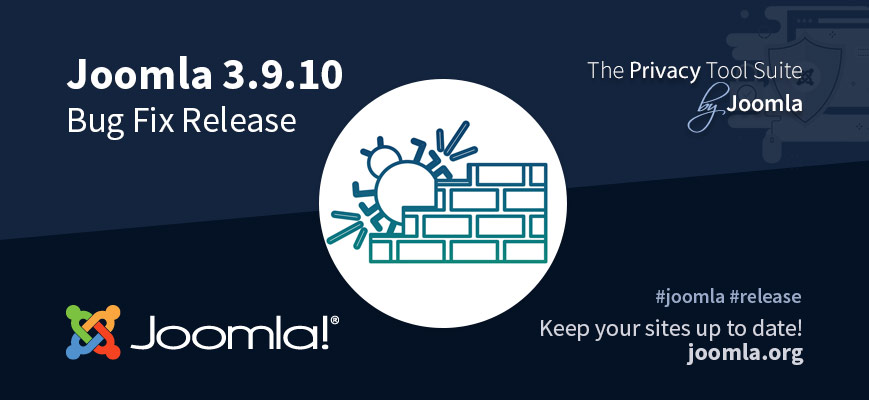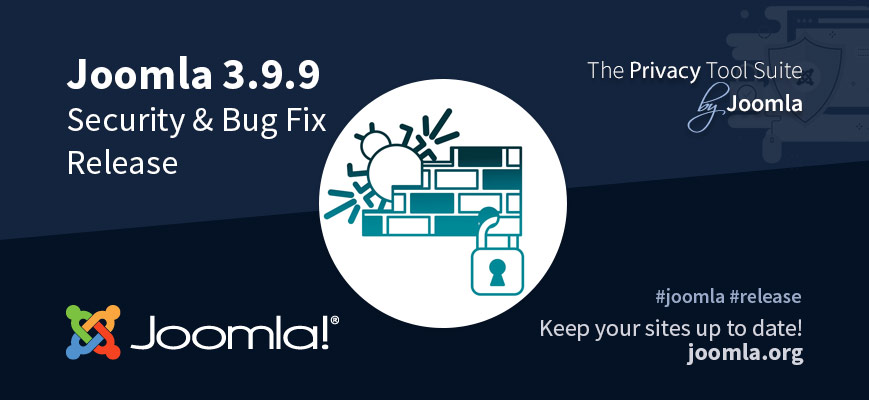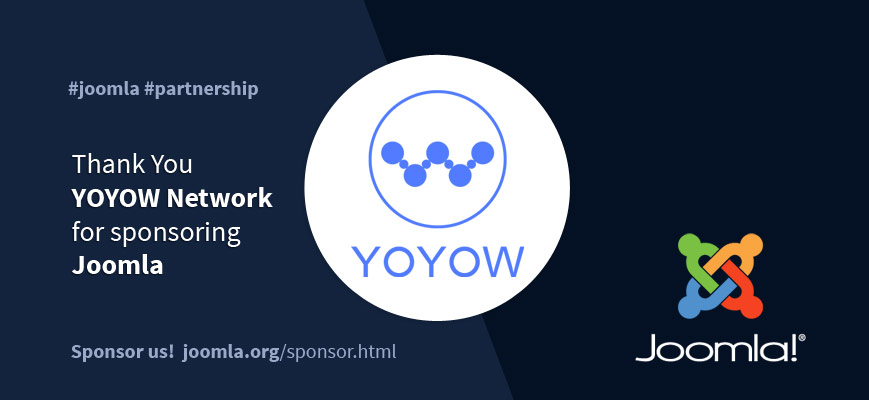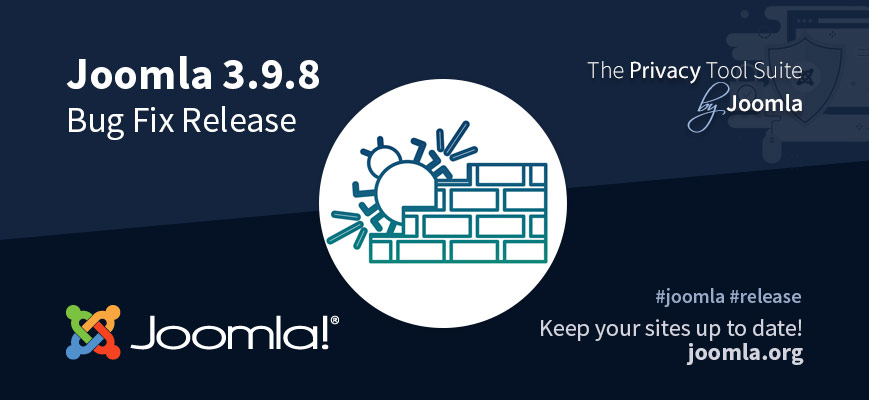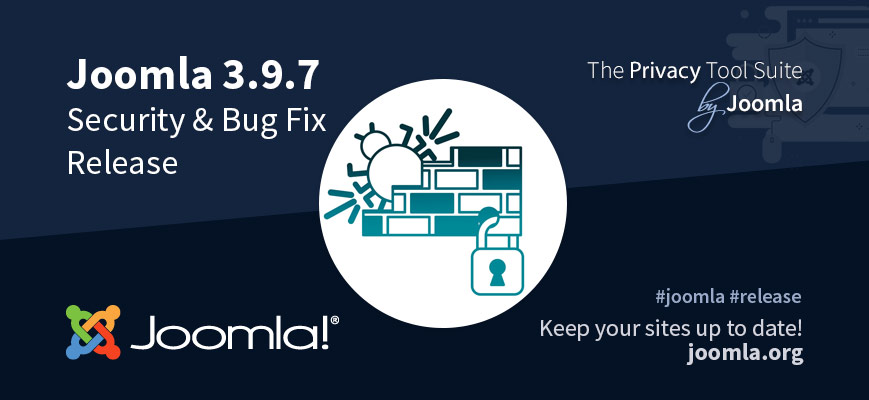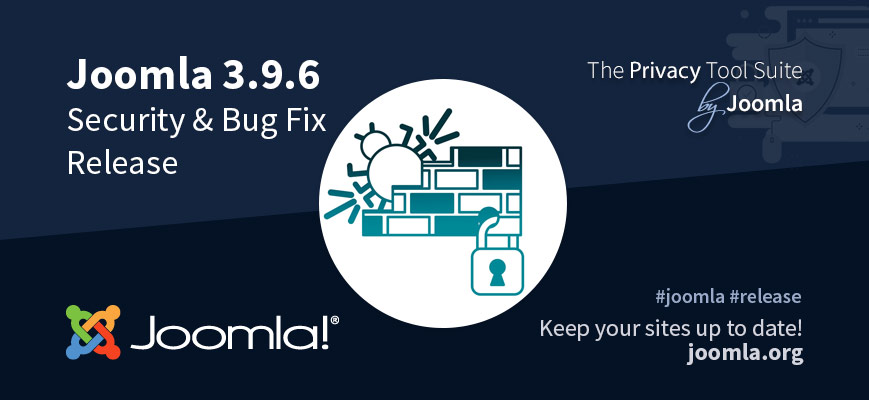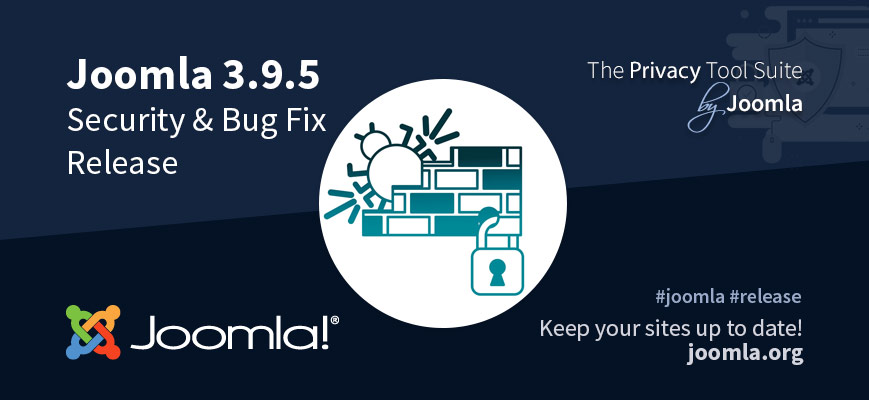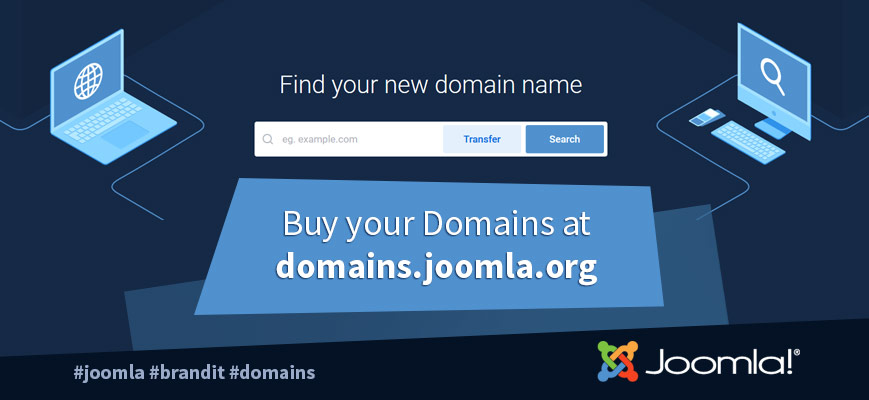Blog
Joomla 3.9.10 is now available. This is a bug fix release for the 3.x series of Joomla which addresses one bug introduced into 3.9.9, affecting template styles of multilingual web sites.
Joomla 3.9.9 is now available. This is a security fix release for the 3.x series of Joomla which addresses one security vulnerability and contains over 30 bug fixes and improvements.
The YOYOW Foundation has become a Platinum Global Sponsor of Joomla.
Summary
The Cybersecurity and Infrastructure Security Agency (CISA) is issuing this Activity Alert to provide information on a vulnerability, known as “BlueKeep,” that exists in the following Microsoft Windows Operating Systems (OSs), including both 32- and 64-bit versions, as well as all Service Pack versions:
Windows 2000Windows VistaWindows XPWindows 7Windows Server 2003Windows Server 2003 R2Windows Server 2008Windows Server 2008 R2An attacker can exploit this vulnerability to take control of an affected system.
Technical Details
BlueKeep (CVE-2019-0708) exists within the Remote Desktop Protocol (RDP) used by the Microsoft Windows OSs listed above. An attacker can exploit this vulnerability to perform remote code execution on an unprotected system.
According to Microsoft, an attacker can send specially crafted packets to one of these operating systems that has RDP enabled.[1] After successfully sending the packets, the attacker would have the ability to perform a number of actions: adding accounts with full user rights; viewing, changing, or deleting data; or installing programs. This exploit, which requires no user interaction, must occur before authentication to be successful.
BlueKeep is considered “wormable” because malware exploiting this vulnerability on a system could propagate to other vulnerable systems; thus, a BlueKeep exploit would be capable of rapidly spreading in a fashion similar to the WannaCry malware attacks of 2017.[2]
Summary
The Cybersecurity and Infrastructure Security Agency (CISA) is issuing this Activity Alert to provide information on a vulnerability, known as “BlueKeep,” that exists in the following Microsoft Windows Operating Systems (OSs), including both 32- and 64-bit versions, as well as all Service Pack versions:
Windows 2000Windows VistaWindows XPWindows 7Windows Server 2003Windows Server 2003 R2Windows Server 2008Windows Server 2008 R2An attacker can exploit this vulnerability to take control of an affected system.
Technical Details
BlueKeep (CVE-2019-0708) exists within the Remote Desktop Protocol (RDP) used by the Microsoft Windows OSs listed above. An attacker can exploit this vulnerability to perform remote code execution on an unprotected system.
According to Microsoft, an attacker can send specially crafted packets to one of these operating systems that has RDP enabled.[1] After successfully sending the packets, the attacker would have the ability to perform a number of actions: adding accounts with full user rights; viewing, changing, or deleting data; or installing programs. This exploit, which requires no user interaction, must occur before authentication to be successful.
BlueKeep is considered “wormable” because malware exploiting this vulnerability on a system could propagate to other vulnerable systems; thus, a BlueKeep exploit would be capable of rapidly spreading in a fashion similar to the WannaCry malware attacks of 2017.[2]
Joomla 3.9.8 is now available. This is a bug fix release for the 3.x series of Joomla which addresses one bug introduced into 3.9.7 which affects web sites using the French Help Server.
Joomla 3.9.7 is now available. This is a security fix release for the 3.x series of Joomla which addresses three security vulnerabilities and contains over 40 bug fixes and improvements.
Joomla 3.9.6 is now available. This is a security fix release for the 3.x series of Joomla which addresses two security vulnerabilities and contains over 25 bug fixes and improvements.
Summary
The Cybersecurity and Infrastructure Security Agency (CISA) is issuing this activity alert in response to recently disclosed exploits that target unsecure configurations of SAP components. [1]
Technical Details
A presentation at the April 2019 Operation for Community Development and Empowerment (OPCDE) cybersecurity conference describes SAP systems with unsecure configurations exposed to the internet. Typically, SAP systems are not intended to be exposed to the internet as it is an untrusted network. Malicious cyber actors can attack and compromise these unsecure systems with publicly available exploit tools, termed “10KBLAZE.” The presentation details the new exploit tools and reports on systems exposed to the internet.
SAP Gateway ACL
The SAP Gateway allows non-SAP applications to communicate with SAP applications. If SAP Gateway access control lists (ACLs) are not configured properly (e.g., gw/acl_mode = 0), anonymous users can run operating system (OS) commands.[2] According to the OPCDE presentation, about 900 U.S. internet-facing systems were detected in this vulnerable condition.
SAP Router secinfo
The SAP router is a program that helps connect SAP systems with external networks. The default secinfo configuration for a SAP Gateway allows any internal host to run OS commands anonymously. If an attacker can access a misconfigured SAP router, the router can act as an internal host and proxy the attacker’s requests, which may result in remote code execution.
According to the OPCDE presentation, 1,181 SAP routers were exposed to the internet. It is unclear if the exposed systems were confirmed to be vulnerable or were simply running the SAP router service.
Summary
The Cybersecurity and Infrastructure Security Agency (CISA) is issuing this activity alert in response to recently disclosed exploits that target unsecure configurations of SAP components. [1]
Technical Details
A presentation at the April 2019 Operation for Community Development and Empowerment (OPCDE) cybersecurity conference describes SAP systems with unsecure configurations exposed to the internet. Typically, SAP systems are not intended to be exposed to the internet as it is an untrusted network. Malicious cyber actors can attack and compromise these unsecure systems with publicly available exploit tools, termed “10KBLAZE.” The presentation details the new exploit tools and reports on systems exposed to the internet.
SAP Gateway ACL
The SAP Gateway allows non-SAP applications to communicate with SAP applications. If SAP Gateway access control lists (ACLs) are not configured properly (e.g., gw/acl_mode = 0), anonymous users can run operating system (OS) commands.[2] According to the OPCDE presentation, about 900 U.S. internet-facing systems were detected in this vulnerable condition.
SAP Router secinfo
The SAP router is a program that helps connect SAP systems with external networks. The default secinfo configuration for a SAP Gateway allows any internal host to run OS commands anonymously. If an attacker can access a misconfigured SAP router, the router can act as an internal host and proxy the attacker’s requests, which may result in remote code execution.
According to the OPCDE presentation, 1,181 SAP routers were exposed to the internet. It is unclear if the exposed systems were confirmed to be vulnerable or were simply running the SAP router service.
Joomla 3.9.5 is now available. This is a security fix release for the 3.x series of Joomla which addresses three security vulnerabilities and contains over 20 bug fixes and improvements.
It’s an exciting day for The Joomla Project and BRANDIT!
As the consolidation and packaging of web services move forward, we are happy to announce the official launch of our domains platform (powered by BRANDIT), domains.joomla.org.

